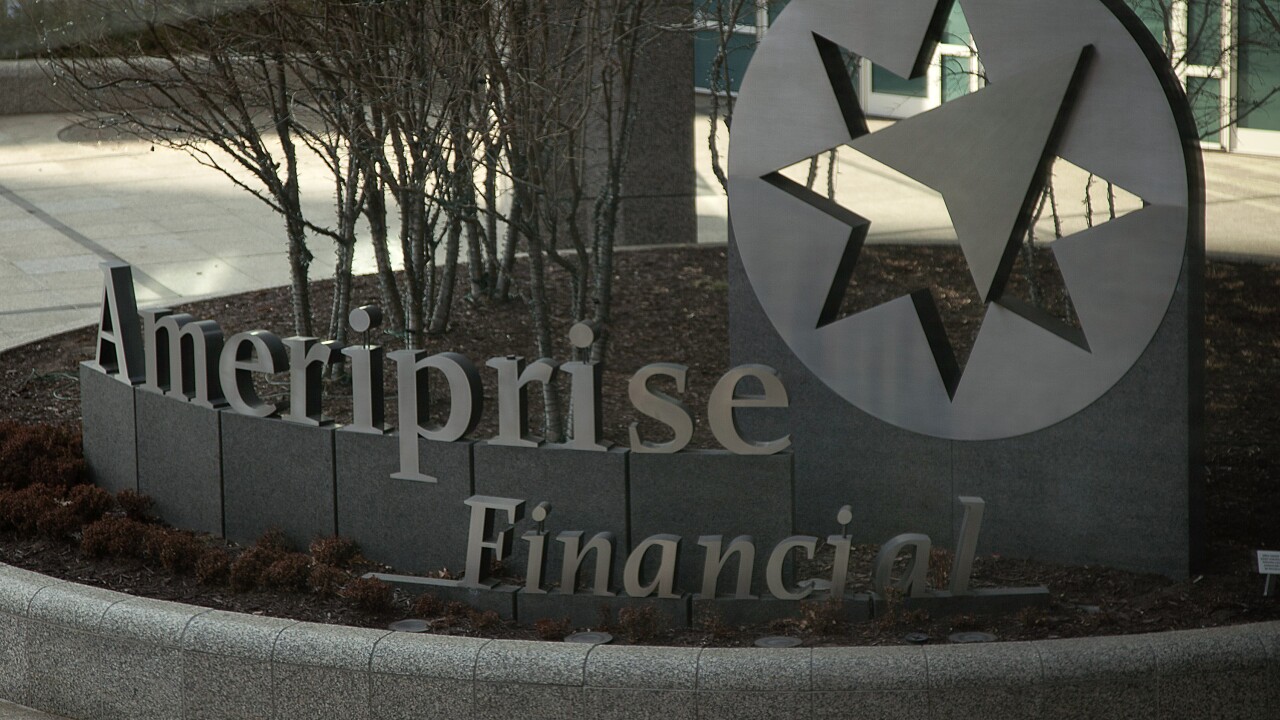When Congress passed the
Those two goals are
"Finding an appropriate balance between debt repayment and retirement savings … has proven to be quite the task," said Priscilla Birt, lead financial planner at
Secure 2.0 attempted to solve this problem with a novel solution: As workers pay off their student loans, their employers could match those payments with contributions to their retirement accounts.
That measure took effect at the start of this year. At participating companies, student borrowers who are too cash-strapped to put money in their 401(k)s are receiving matching funds anyway. The intended benefit is twofold: Workers have a chance to pay off their debts, while also getting a head start on their retirement savings.
Will it work? A new study provides an answer: Yes and no.
Researchers at the
"We show that, as intended, the reform will boost peoples' loan repayments, while [their] own retirement plan contributions fall prior to about age 50 and catch up after that," the study's authors wrote. "At retirement age, 401(k) assets are similar to those pre-reform."
In terms of loan payments, Secure 2.0 could make a significant difference. Thanks to the new law, the NBER predicted, the number of 29-year-old men making regular repayments will rise from 1% to 14% — and for women that age, it will leap from 4% to 85%. From then on, the study said, these rates will continue to rise.
READ MORE:
But in terms of retirement, the NBER found that workers will roughly break even with their pre-Secure 2.0 savings. According to the study, student borrowers will likely put off contributing to their 401(k)s until later in life — in fact, they'll reduce their savings by about half. However, the NBER predicted, the new employer matches will make up for that. The net effect is a wash.
"Benefit payouts in retirement are not predicted to change materially," the study said.
What does this mean for financial advisors? For many, the conflict between student debt and retirement savings is a familiar problem — and, in some cases, even extends to future generations.
"We have many clients actively working to pay off their student loans alongside saving for retirement," Birt said. "Even more, a lot of clients are actively trying to plan for their children's college in the hopes that they, too, are not left with crippling student loan debt."
So for some advisors, the remedy from Secure 2.0 — however imperfect — could be a welcome development. For student borrowers, it may not make retirement savings more plentiful. But it does make them possible.
READ MORE:
"If an employer does offer the student loan matching program, then focusing more on paying down their loans while their employer contributes to their employer sponsored account is likely a great option," Birt said.
The trouble is the match is not available to everyone — at least not yet. According to the
"My guess is that many large employers will find it useful in attracting and retaining scarce talent, but smaller firms might not," said Olivia Mitchell, a professor at the Wharton School of the University of Pennsylvania and a co-author of the NBER study. "It's too soon to tell how widespread the program will be."






